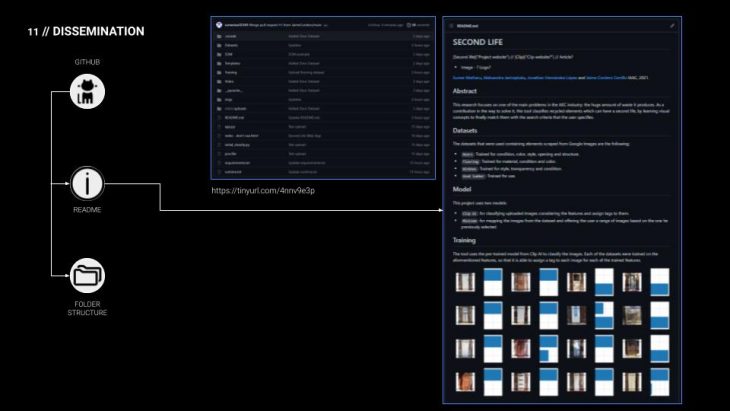SECOND LIFE
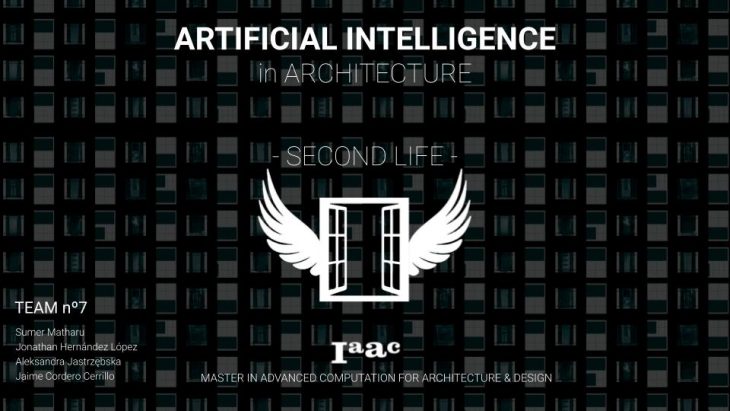
Perhaps, our way of understanding our own psyche is through the training of AI and Machine Learning whereby we can start to map out and understand the firing of neurons within our brain. There is a satisfaction to be had to be able to simulate something so complex, and abstract it down to a digital architecture where we can iteratively begin an attempt to comprehend ‘how it works.
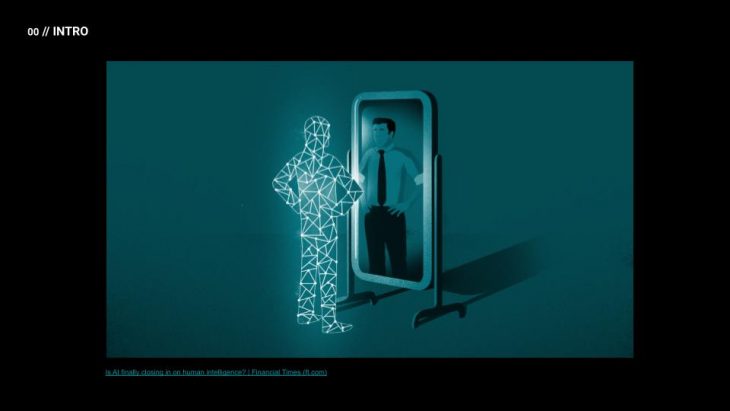
The project in this studio group aptly named ‘Second Life’ is as much a duality of matter, as it is a study in ethics, and purpose. Ethics meaning how we can do the right thing by reducing the actions we have on our micro and macro environment, thereby also reducing the reactions (Newton’s third law). Purpose meaning how we can give matter another chance through the injection of longevity and a paradigm shift in how we source materials from existing infrastructures and renegotiating material streams headed for the landfills. This project also compels a mental shift to accept the value of reusing materials and embracing the “thrift economy” instead of all new.
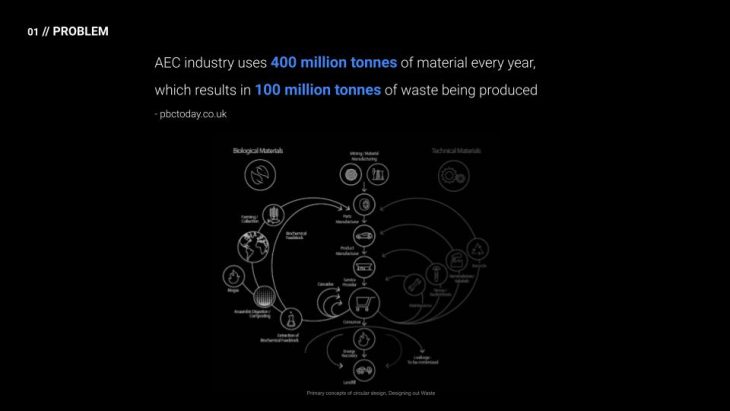
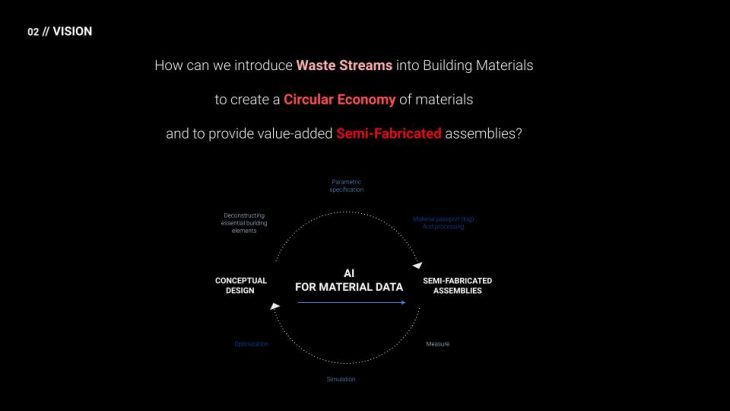
Second Life is a digital platform in the form of a phone app, that connects Sellers who list used materials to Buyers who require building elements that do not necessarily need to be brand new. The used materials are not ‘waste’ or garbage per se, rather, they are usable items such as decommissioned windows, doors, lumber, flooring, metal (structural/decorative), bricks, stone, etc. The app utilizes CLIP (Contrastive Language-Image Pre-Training), a neural network trained on a variety of image/text pairs, to classify images of materials for sale by the Sellers. It can be instructed in natural language to predict the most relevant text snippet, given an image, without directly optimizing for the task. The CLIP model was first introduced by OpenAI for the purpose of creating neural networks that efficiently learn visual concepts from natural language supervision. The Buyers search through the cataloged and classified materials that they can purchase.
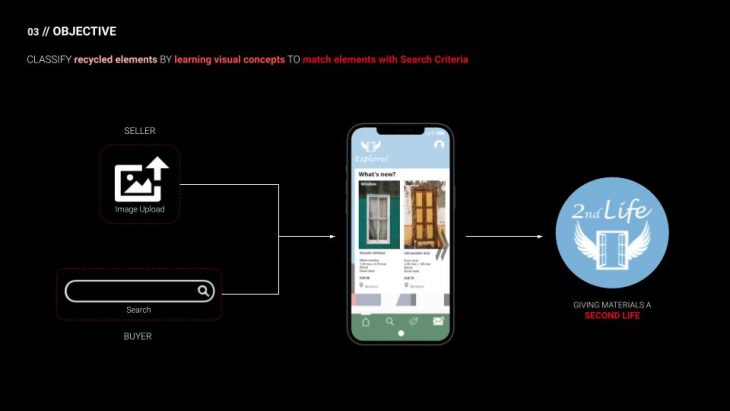
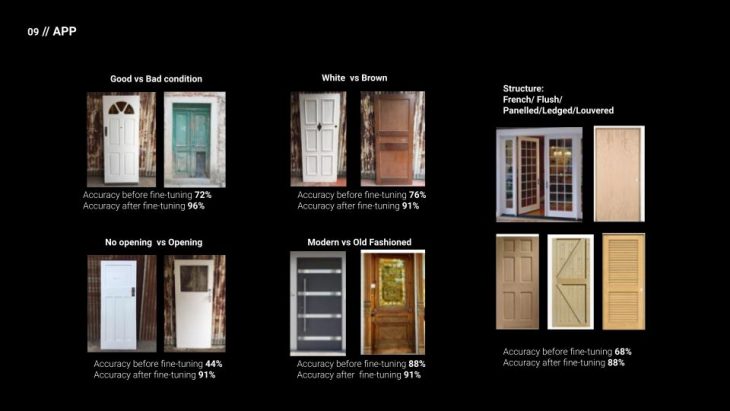
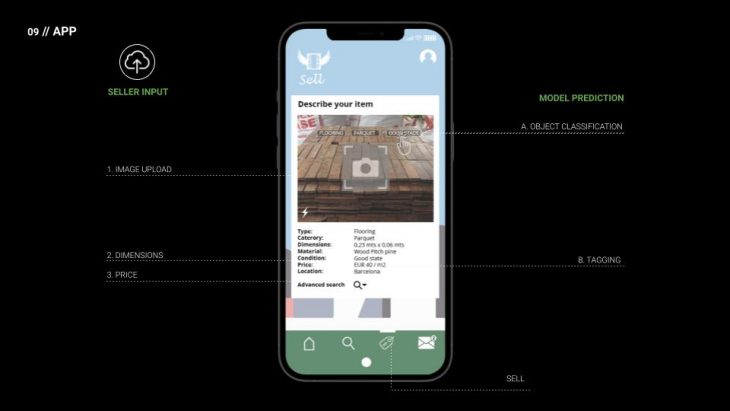
While using a pre-trained model such as CLIP as a departure point is compelling and efficient, there are still limitations to deal with. For example, the model can be easily fooled through the capitalization of the digital loopholes that exist within its architecture. Another set of limitations that it comes with are the fact that it is not very good at numerical tasks such as counting the number of objects or taking measurements through the automation of reference objects. In a way, it makes sense, as working through 2D information to extract information better visualized in 3D would of course pull the model back. All things are limited by their lowest limiting factor.
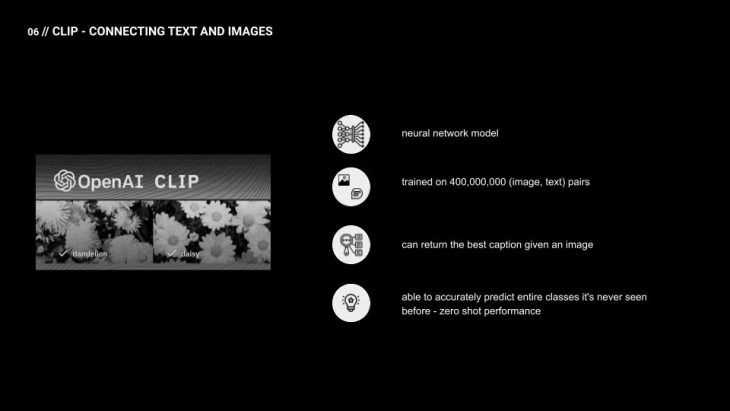
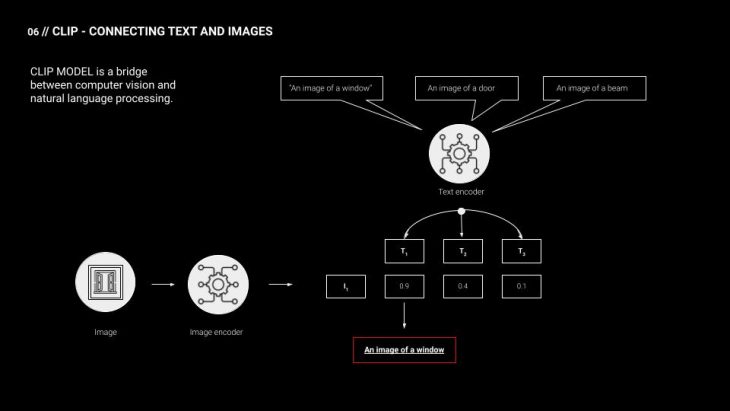
The CLIP model is also sensitive to wording and phrasing. For example, simply showing the model writing of ‘iPhone’ creates a bias. Another very crucial bias is racial in nature, where marginalized or colored datasets are not fully integrated, or the programming does not fully take into account the skin color. These limitations make us believe that when we consider artificial intelligence as an entity, it is not fully intelligent in the sense of organic or human intelligence. Superintelligence is still a distant goal, where maybe the secret ingredient could be the injection of critical thinking. The kind of intelligence that CLIP uses could be argued, is still like dumb intelligence. The intention of the author is still the essence of the model and its architecture. Whether the author knows it or not, they play god within the microverse that the model lives within. The biases that arise from the decisions taken by the author shape and remain with the model through its training, results, and the outcomes of using the results. After all, we are, and our work is, a result of the tools that shape us.
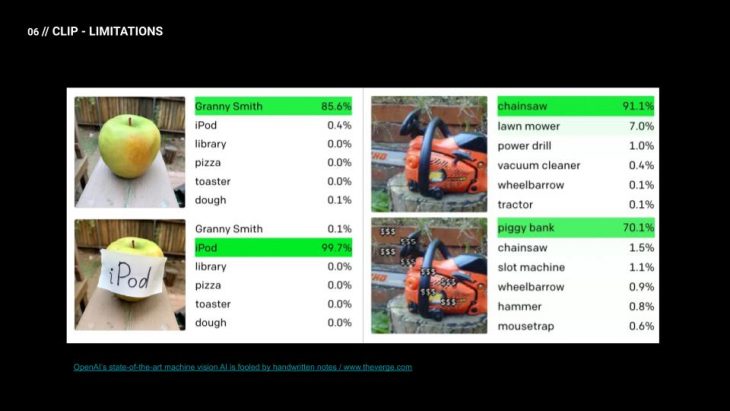
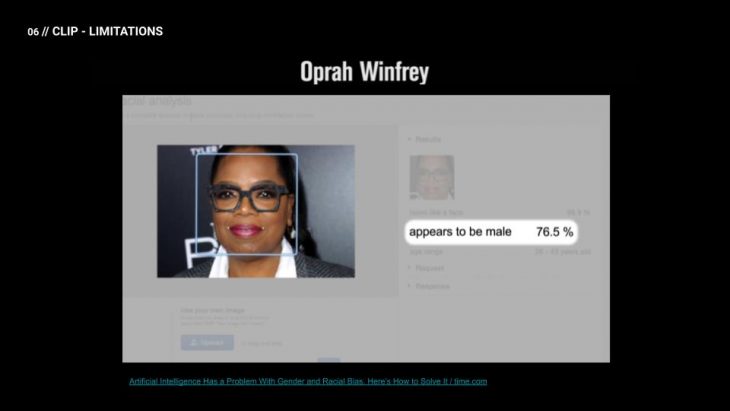
MATTER-ENERGY-INFORMATION
Utilizing open-source models such as CLIP raises the question of pre-trained intelligence as departure points for further learning. Can we implant existing knowledge in the cloud for others to take advantage of? Could an analogy be drawn between humans and programming in the DNA that gets passed on and built upon from generation to generation, complete with advancement (intellectual or physical) and corruption (drug dependence, health disorders)? If we are creating a decentralized system of distributing specific tasks as pre-trained springboards, why can’t the same be said of human seed, random based on sampling, but intentional based on selection? There is an efficiency that is built into intelligence that gets passed on within DNA. Not only are the critical evolutionary reactions to stimuli recorded, with every iteration (minute mutations) or generation there is a reaction that gets programmed in a mental, physical, or metaphysical sense.
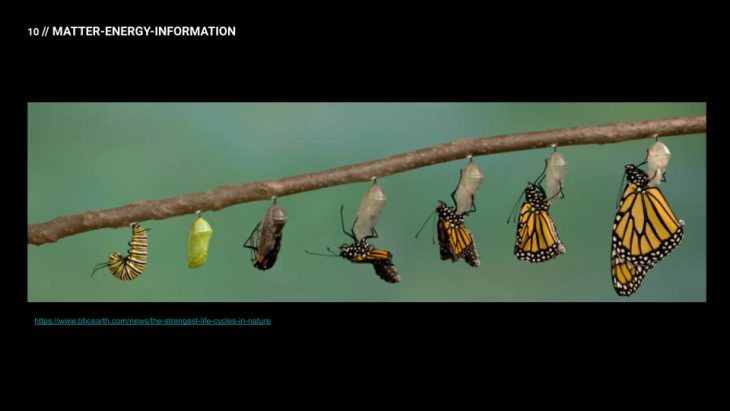
If we consider the case of matter as a productive domain through which form, information, and energy have been understood and treated as universal entities, we can pull from the analogy that energy can only be transferred from one form to another. Therefore, to even begin to understand the role that matter plays in our understanding of information, the transfer of energy between matter to information is the medium through which we create these relationships, to which weights can be applied in order to create hierarchies of transformations. When applied to the Studio project Second Life, and literally applying the concept of ‘matter cannot be created nor destroyed, and allowing matter to retain the information that has already been digitally and physically programmed into it, we allow the flow, organization, and synthesis of the information to create a platform where a moment in the transformation of the matter can be frozen and harnessed. This avoids having to re-process the matter and recirculate it through the same cycle of information and energy capture. With that said, whether or not the conservation of the aforementioned information and energy is necessary or ‘moral’ is another debate. For now, it is assumed that the morality within the Anthropogenic impacts on the planet compels this conservation and creation of a circular economy of matter, information, and energy.
